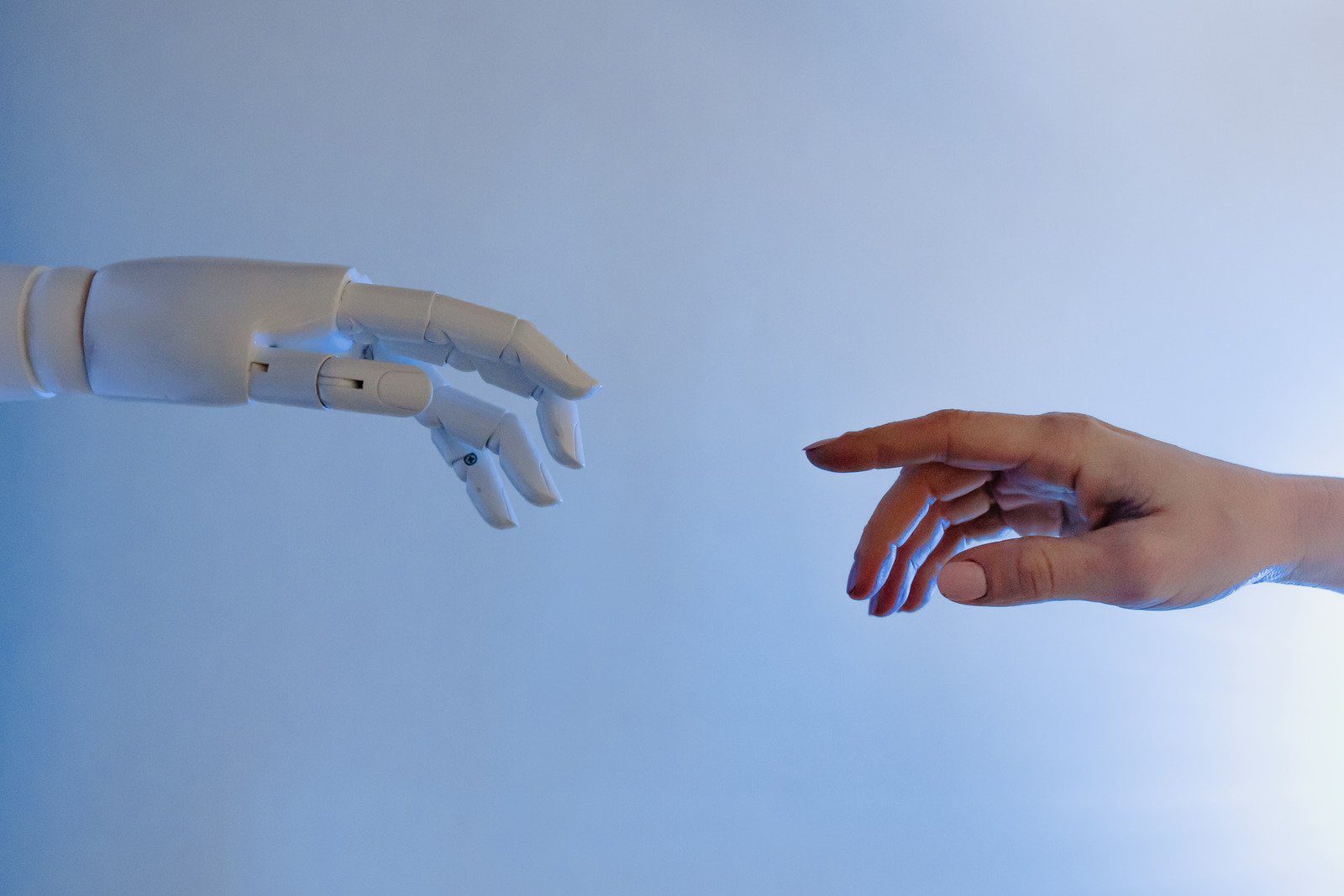Welcome to the interconnected world of the Internet of Things (IoT), where everyday objects are becoming smarter and more connected than ever before. Imagine a world where your alarm clock not only wakes you up but also tells your coffee maker to start brewing, and your fridge reminds you when you’re running low on milk. The possibilities are endless, and the impact on our daily lives is profound. Let’s dive into the fascinating realm of IoT and explore how it is revolutionizing the way we live, work, and play.
What is the Internet of Things (IoT)?
The Internet of Things (IoT) refers to the network of interconnected devices, vehicles, appliances, and other physical objects that are embedded with sensors, software, and connectivity capabilities. These “smart” devices can collect and exchange data with each other, enabling them to communicate and interact without human intervention. Essentially, IoT allows objects to be remotely monitored and controlled over a network infrastructure.
By harnessing the power of IoT technology, everyday items can become more intelligent and responsive to our needs. From smart thermostats that adjust temperature settings based on your preferences to wearable fitness trackers that monitor your health metrics in real-time, the applications of IoT are diverse and far-reaching.
As more devices get connected to the internet, the potential for innovation in various industries continues to expand exponentially. The concept of a fully interconnected world where everything communicates seamlessly is no longer just a futuristic dream – it is quickly becoming a reality thanks to the evolution of IoT technologies.
The Evolution of IoT and its Impact on Daily Life
The evolution of the Internet of Things (IoT) has revolutionized daily life in ways we could never have imagined. From smart homes that adjust lighting and temperature automatically to wearable devices that monitor our health, IoT has seamlessly integrated technology into every aspect of our routines.
Gone are the days of manually controlling appliances or searching for information; now, everything is interconnected and easily accessible with just a few taps on a smartphone. Our mornings start with alarms set by smart speakers, our workouts tracked by fitness wearables, and even our coffee brewed remotely while we’re still in bed.
As IoT continues to advance, its impact on daily life will only become more profound. The convenience it offers is undeniable, but so too are the challenges it poses in terms of privacy and security. It’s a delicate balance between embracing innovation and protecting sensitive data.
In this fast-paced world where connectivity reigns supreme, adapting to the ever-evolving landscape of IoT is both exciting and daunting.
Advantages and Challenges of an Interconnected World
Imagine a world where your alarm clock not only wakes you up but also communicates with your coffee maker to have your morning cup ready by the time you get out of bed. That’s the power of the Internet of Things (IoT) – seamless connectivity between devices.
Advantages abound in this interconnected realm. Businesses can optimize operations, homes can become more efficient, and healthcare can be revolutionized through remote monitoring devices. The convenience and efficiency IoT brings to our daily lives are unparalleled.
However, with great connectivity comes great responsibility. Privacy concerns arise as data is shared across multiple platforms. Security vulnerabilities could potentially expose personal information or even disrupt essential services if not adequately protected.
Balancing the benefits and challenges of an interconnected world is crucial for harnessing the full potential of IoT technology while safeguarding against its pitfalls.
Real-World Examples of IoT in Action
Imagine waking up to your smart alarm clock that not only wakes you up but also adjusts the temperature in your home based on the weather outside. As you brew your morning coffee, your smart coffee maker starts brewing as soon as it senses you’re awake.
On your way to work, traffic lights adjust their timing dynamically based on the flow of vehicles using IoT sensors embedded in the roads. At the office, smart lighting systems adjust brightness and color temperature throughout the day for optimal productivity and energy efficiency.
In healthcare, wearable devices monitor patients’ vital signs and send real-time data to healthcare providers for remote monitoring. Smart agriculture utilizes IoT technology to optimize crop irrigation by collecting data on soil moisture levels and weather forecasts.
Retail stores use IoT-enabled inventory management systems that automatically reorder products when they run low. These are just a few examples of how IoT is seamlessly integrated into our daily lives, making tasks more efficient and convenient without us even realizing it.
Security Concerns and Data Privacy Issues
In the interconnected world of IoT, security concerns and data privacy issues are at the forefront of discussions. With devices constantly collecting and sharing data, there is a growing worry about potential breaches and unauthorized access.
As more devices become connected, the risk of cyber attacks also increases. Hackers can exploit vulnerabilities in IoT systems to gain access to sensitive information or even take control of entire networks. This poses a significant threat to both individuals and organizations alike.
Moreover, data privacy becomes a major concern as personal information is transmitted across various devices and platforms. Users may not always be aware of how their data is being collected, stored, and used by these interconnected devices.
To address these challenges, robust security measures must be implemented at every level of IoT infrastructure. Encryption protocols, authentication mechanisms, and regular software updates are crucial in safeguarding against potential threats. Additionally, raising awareness about data privacy rights among users is essential for ensuring transparency in how their information is handled in the digital realm.
Future Predictions for IoT Technology
As technology continues to advance at a rapid pace, the future of IoT holds immense potential for further innovation and connectivity. It is predicted that IoT will become even more integrated into various aspects of our lives, from smart homes and cities to healthcare and transportation systems.
With the development of 5G networks, IoT devices are expected to become even faster and more efficient, leading to a seamless interconnected world where data can be shared in real-time across different platforms. This increased connectivity will revolutionize industries such as manufacturing, agriculture, and retail by optimizing processes and improving overall efficiency.
However, as we embrace the endless possibilities that IoT technology offers, it is crucial to address security concerns and data privacy issues proactively. Implementing robust cybersecurity measures will be essential in safeguarding sensitive information from potential cyber threats.
The Internet of Things has already transformed the way we live and work, but its full potential is yet to be realized. By staying informed about advancements in this field and embracing new technologies responsibly, we can look forward to a future where everything is connected seamlessly for the betterment of society as a whole.
















